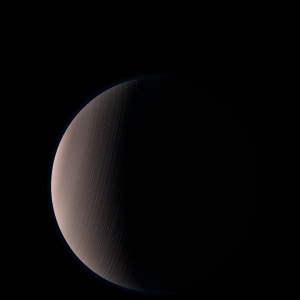|
|
Space Astro
|
Info for exoplanet "Byon Te"
| Scientific (actual) data |
|---|
| Planet | HD 178911 B b |
| Planet status | Confirmed |
| Mass sini | 6.292 |
| Orbital period | 71.487 |
| Semi major axis | 0.32 |
| Orbit eccentricity | 0.1243 |
| Angular distance | 0.006848 |
| Discovered | 2001 |
| Updated | 2010-12-28 |
| Omega | 169.8 |
| Tperi | 50305.7 |
| Publication | Published in a refereed paper |
| Detection type | Radial Velocity |
| Star name | HD 178911 B |
| Right ascension | 287.26° |
| Declination | 34.6° |
| Mag v | 7.98 |
| Star distance | 46.73 |
| Star metallicity | 0.28 |
| Star mass | 1.07 |
| Star radius | 1.14 |
| Star sp type | G5 |
| Star age | 5.2 |
| Star temperature | 5650 |
| Star detected disc | Imaging |
| Wikipedia article | HD 178911 B b |
Back
| |
| Fictional info (?) |
|---|
| Suggested name | Byon Te |
| Planet type | Cold planet |
| The planet is named after the deity Byon Te, the bringer of war.
As seen from HD 178911 B, in a frame of reference that rotates with the orbital motion, it appears to rotate only once every two years.
Byon Te's surface appears quite scarred and is similar in appearance to the Moon's, indicating that it has been geologically inactive for billions of years.
Future astrobiology missions are planned, including the Byon Te 1900 and ExoByon Te rovers.
The outer atmosphere is visibly segregated into several bands at different latitudes, resulting in turbulence and storms along their interacting boundaries.
The Byon Te system has a unique configuration among those of the planets because its axis of rotation is tilted sideways, nearly into the plane of its solar orbit. |
| Atmosphere | Sulfur dioxide | 72% |
| Carbon monoxide | 15% |
| Ethane | 12% |
| Nitrogen | 0.00028% |
| Atmospheric pressure | 70 bar |
 |
| No known satellites |
| Google search for Byon te |
|
Website by Joachim Michaelis
|
|
|
|